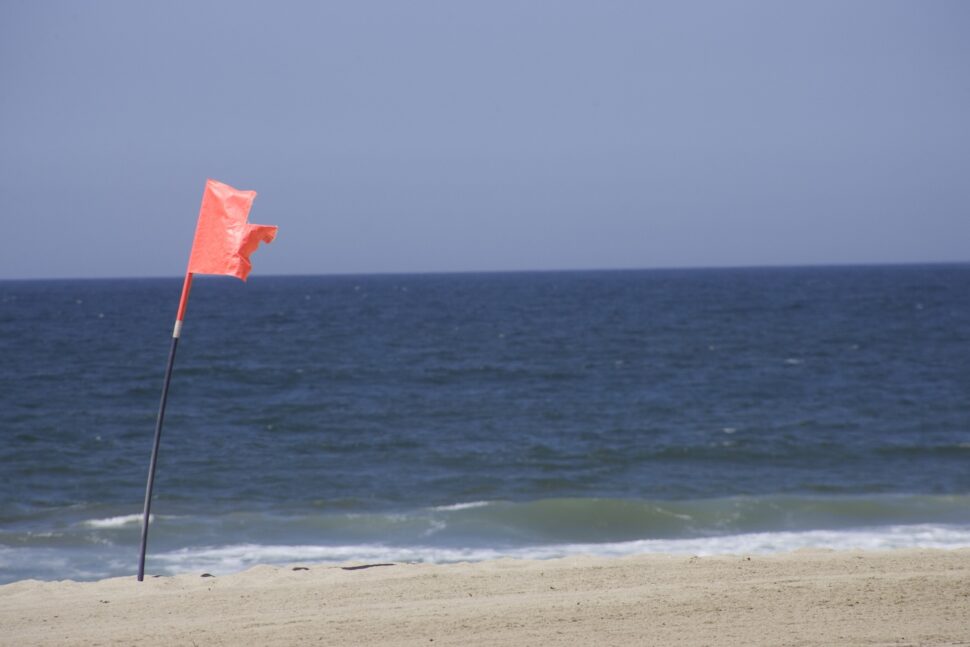The entertainment world mourns the tragic loss of Malcolm-Jamal Warner, the 54-year-old actor best known for playing Theo Huxtable on “The Cosby Show.” Warner drowned in a rip current while vacationing with his family in Costa Rica on July 20, 2025. CNN reported that Warner was swimming at Playa Grande when he was suddenly caught in a powerful rip current that pulled him away from shore around 2:30 PM local time. Despite immediate rescue attempts by nearby beachgoers and resuscitation efforts by the Costa Rica Red Cross, the beloved actor couldn’t be saved.
His untimely death highlights the dangers of rip currents, which claim hundreds of lives annually worldwide. Warner’s passing follows another recent tragedy when former MLB prospect Chase Childers, 38, drowned earlier this month while heroically saving a family of five caught in a rip current at South Carolina’s Pawleys Island beach.
What Are Rip Currents?
Rip currents are powerful, narrow channels of water that flow away from the shore at beaches. They form when waves break unevenly along the shoreline, creating circulation patterns that pull water back out to sea. According to the National Oceanic and Atmospheric Administration (NOAA), rip currents are especially common during low tide and can reach speeds up to 8 feet per second, faster than an Olympic swimmer can swim.
Identifying rip currents before entering the water can save your life. Look for these warning signs: A channel of churning, choppy water with a different color than the surrounding areas. Gaps in the incoming wave pattern. A line of foam, seaweed, or debris moving steadily seaward. A difference in water color (often darker or murkier than the surrounding water). Breaks in the incoming wave pattern. These dangerous currents can sometimes form quickly and without obvious visual cues.

Surviving A Rip Current
If you find yourself caught in a rip current, remember this critical advice from water safety experts: stay calm. Rip currents don’t pull swimmers under; they pull them away from shore. The Rising Tide Effect, a water education nonprofit, emphasizes that 95% of rip current fatalities are preventable with proper knowledge.
To escape a rip current, don’t fight against the current by swimming straight back to shore. Swim parallel to the shoreline until you’re free from the current’s pull. Once free from the current, swim diagonally toward shore. If you can’t escape, float or tread water until the current weakens, then swim parallel to shore. Wave your arms and shout for help if you need assistance.
Water Safety Best Practices For Travelers
To ensure your beach vacation remains enjoyable and safe, check local beach conditions and wave forecasts before swimming. Swim only at beaches with lifeguards present. Warner was swimming at a beach without lifeguard supervision. Learn to swim before your trip, especially if visiting coastal destinations.
Swim with a buddy, never alone. Respect posted warning signs about currents and other hazards. Additionally, avoid swimming during low tide when rip currents are more prevalent, and refrain from consuming alcohol before going into the water. You should also watch children closely when near water, as drowning can happen quickly and silently. Most importantly, understand that unfamiliar beaches present unique risks that even experienced swimmers might not anticipate.





